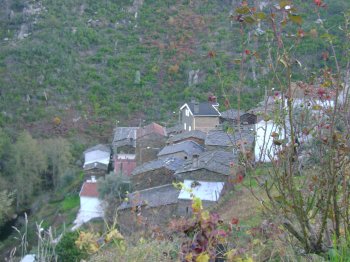Explore the best places
Villages in Seia
Sabugueiro
- country
- heritage
Sabugueiro
6270-151, Seia
Located on a plain above the Alva river, Sabugueiro is the highest village in Portugal (an altitude of 1050 metres). It started from the shacks of sheperds that used the mountain's pastures for their sheep and their goats. The engraving on the rock by the Canariz Fountain is a testimony to the peopling of the area in remote times. Even though there are still shepherds and related activities (wool and cheese production), rural tourism has developed in the last few years and there are several typical houses currently adapted. The shpherds still move to the Douro region in the winter …
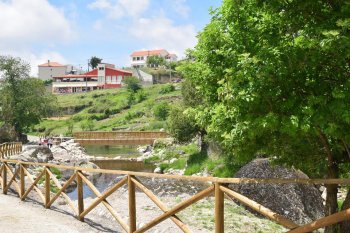
Cabeça
- country
- heritage
Cabeça
6270-021, Cabeça
Pequena aldeia em pleno Parque Natural da Serra da Estrela, perto de Loriga, pertencente ao concelho de Seia. Tem ganho dinamismo na altura das festas, quando se transforma em Aldeia Natal.

Lapa dos Dinheiros
- country
- heritage
Lapa dos Dinheiros
6270-651, Seia
A village with rather typical rural houses, where stones are used on the walls. The mother church and the chapel of Our Lady of Amparo stand out. A special note to the famous "queijo da serra" (Estrela mountain cheese).
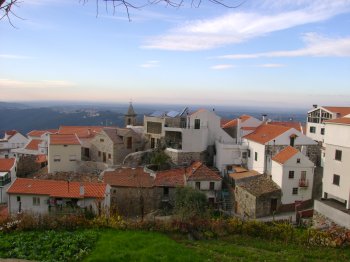
Alvoco da Serra
- country
- heritage
Alvoco da Serra
6270-012, Alvoco da Serra
Aldeia situada no Parque Natural da Serra da Estrela. Uma encantadora aldeia cujas tradições podem ser conhecidas na sua Casa Museu.
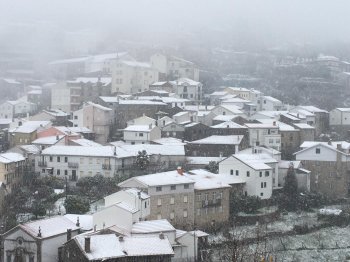
Loriga
- country
- heritage
Loriga
6271-906, Seia
Located at an altitude of 770 metres, on the southeast foothills of the Estrela Mountain, the small town of Loriga was, until 1855, the siege of the parish, with a town hall, a prison and a pillory. Its name comes from an armour. The valley is quite rich in historical vestiges (the romans, the sueves, the visigoths and the moors were there) and several archaeological vestiges remain: a man shaped grave, a roman bridge, a well preserved part of a roman road and a medieval balcony. Loriga is the main town in a lovely valley that was originated by a …
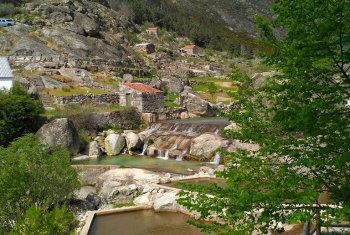
Valezim
- country
- heritage
Valezim
6270-621, Valezim
Aldeia do Parque Natural da Serra da Estrela. Conhecida pelas suas terras e construções graníticas, terá sido batizada assim por se tratar de um "vale pequeno".
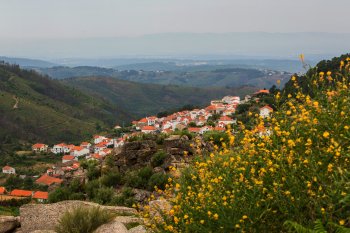

Casal do Rei
- country
- heritage
Casal do Rei
6285-061, Vide
Casal do Rei, a village of 150 inhabitants, mostly farmers and resin extractors, is located at 6 km away from Vide. Its architectural heritage includes the chapel that evokes Saint Joseph. The legend says that Domingos de Fugueiredo, a friar that escaped his convent, found refuge in this village and oredered the building of the chapel. This village stands out for its schist houses and for its communal ways of life (including the olive oil press, the oven and the mill). Nearby, there is a wood with vestiges of primitive vegetation.
